3D Shooting for Dummies
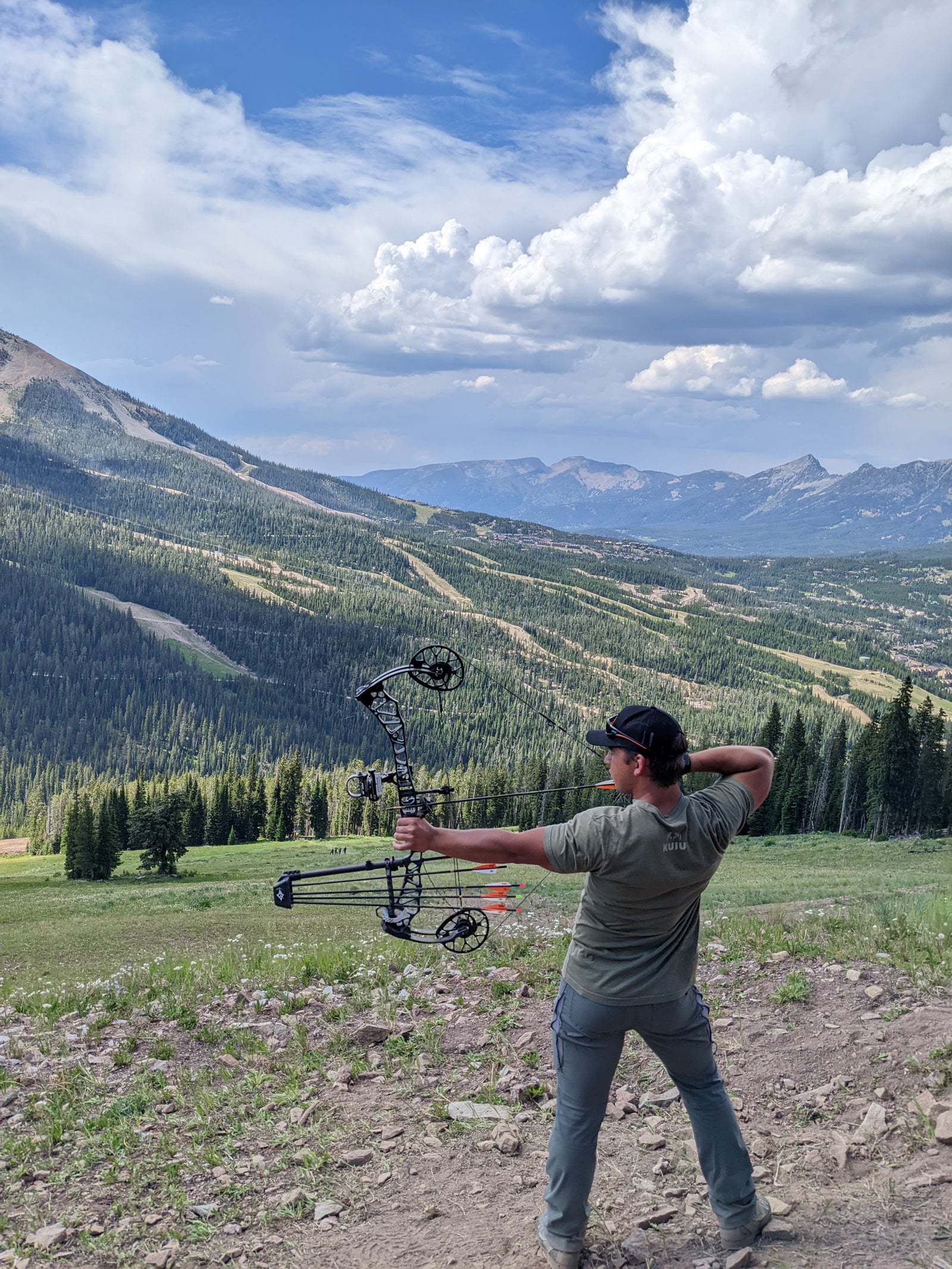
It's that time of year again: August, and with it comes the close of yet another summer of 3D shoots for ambitious target archers honing their skills for the coming September. In light of this, I've decided to gather some of my best tips and tricks learned over the summer for those of you interested in cutting your teeth on the challenging, fun, and therapeutic sport.
The first, and easiest, piece of advice I have for you is to find a seasoned veteran of the 3D circuit and humbly ask that you tag along on a shoot. You need not feel guilty about this, as your new mentor (though many prefer the term sensei) will gladly––eagerly, even––take you under their wing. While this may sound daunting at first, keep in mind that age, temperament, and skill are irrelevant when selecting a sensei. The only prerequisite necessary is one day more experience than you have… a single day which they are sure to bring up numerous times throughout your budding relationship.
It is likely that you won’t only be shooting with your sensei, however, as archers tend to travel in packs at 3D shoots––sometimes 3, 7, or even 12 strong. For many hunters starting out, this sounds intimidating, but I would like to be the first to assure you that target archers are among the most inclusive and accepting of demographics on this earth. While one would assume these veterans of the sport would be annoyed by a newbie missing a target and having to search around for his or her arrow, the opposite is true. Not only will they be miraculously understanding, they’ll likely let out a jubilant cheer at your mistake, followed by some brotherly slaps on the back and a quick box to the ear––maybe even a friendly headlock and noogie.

Of course, after every mistake, you should expect a brief lecture from your sensei; notes aren’t necessarily required for these, but they are strongly encouraged. Likely, you’ll be informed that your inaccuracy is due to punching the trigger, rushing the shot, or probably some major moral defect in your character that your sensei already overcame “when they were about your age.”
Now, I must caution you that some foolish white belts in the past have pointed out that their senseis, too, punch the trigger on occasion or rush the shot; however, the prevailing scientific literature on the matter is in favor of this being an optical illusion––mostly due to pupils’ underdeveloped eyesight. When a veteran archer misses a target unexpectedly, he will actually ask that his friends stop high-fiving each other, before holding his bow straight out from his body and staring at it with narrowed eyes. This is usually followed by a comment about something being too loose, the bow not yet being sighted-in, or a request for someone to quickly Google whether or not Mercury is currently in retrograde.
Outside the physical location of celestial bodies, the greatest variables at play in 3D shoots are the targets themselves. For the most part, course designers thoughtfully consider the shots they create for participants, aiming to make things as hyper-realistic as possible. An adolescent Bigfoot, for instance, just barely poking an index finger out from behind an arrow-filled tree. Or a 4-inch tall Jackalope breakdancing at 80 yards in a rock pile.

Now, in the unfortunate event that you run out of arrows before the end of a course, it can be useful to have a reasonable explanation for this anomaly in your back pocket. I typically try to play it cool, casually explaining that I light money on fire in my free time, and if an arrow breaks after being fired a mere 200mph at a solid rock wall, I won’t even consider keeping it in my quiver. Another favorite of mine is to inform my new friends that I’m actually a far better shot with live animals, “foam just doesn’t do it for me.” This is an excellent excuse, as everyone knows how much easier it is to hit a moving target, as opposed to a stationary one.
A buddy of mine (when he’s down to his last arrow) prefers to tell people that he shoots better under high-pressure situations, and 3D shoots are just too casual for him. “There’s nothing at stake,” he’ll calmly assert, while the other group members are holding him down and tattooing an “L” on his forehead in camaraderie. When it comes his turn to shoot, he’ll be so relaxed that he’ll start dancing before he’s even drawn his bow––the Wiggle, I think, or whatever dance it is where you knock your knees together and whimper. Then, without so much as a second thought, he’ll knock his last arrow, take aim, and, with little regard for the two waterfalls of sweat cascading down his eyelids, launch $20 into a rock pile. What can I say? Some men just have ice in their veins.

While this level of cool collectedness may not be a reasonable expectation for someone just starting out, it is still a good practice to at least say “perfect” after every shot you take. It’s why surgeons make such excellent archers––not because of their steady hands or resilience to stress, but because they are best equipped to explain how their last shot, although hitting the animal in the thigh, actually dead-centered the femoral artery––by far a more lethal shot than lungs and worth at least 2 extra points. Without my doctorate, I’ve struggled in the past to clarify to my friends that a spine shot, in reality, is among the most devastating of shots––effectively paralyzing the animal long enough for me to humanely strangle it to death for 10 points, same as a bull’s eye. However, with most of my friends being ignorant to the discipline of medicine, they unanimously request that I “get off the target immediately.”
Lastly, outside of your sensei and a copious number of arrows, your physical shape is the final thing to consider before making your debut on the 3D archery scene. Some people prefer to train with weighted packs in the early, cool mornings before work; others train on stair climbing machines after 5pm. The way I choose to physically train my own body is much more complicated than either of those things and would take an impossibly long time to explain, which is why I usually choose to do so throughout the archery shoot. Unfortunately, the machine-like efficiency of a finely-tuned human body is a complicated concept to instruct, so I often am forced to pause the hike 5 or 6 times––breaking up the lectures into manageable chunks for my audience members to grasp principles like “bulking” and “conservation of energy.”
If, at this point, you still feel passionately in favor of making 3D archery shooting your next favorite hobby, then I strongly recommend the following: Go directly to the nearest open mic tonight, and I want you to sit in the front row; then––and this is very important––I want you to heckle everyone who gets on stage. This may be uncomfortable for you at first, but, much like Mr. Miyagi’s fence painting, you’ll be developing an essential skill needed for the sport later. Finally, when you feel you have sharpened your wit sufficiently, stride confidently onto the stage––and tell everyone you’re going to juggle… if, after 5 minutes of this, you are not reduced to uncontrollable tears, then (and only then) you are ready for 3D archery shooting. In fact, I’ll even graciously volunteer as your sensei; after all, I’ve already shot at two of these things.
Sincerely,
Jake Lile

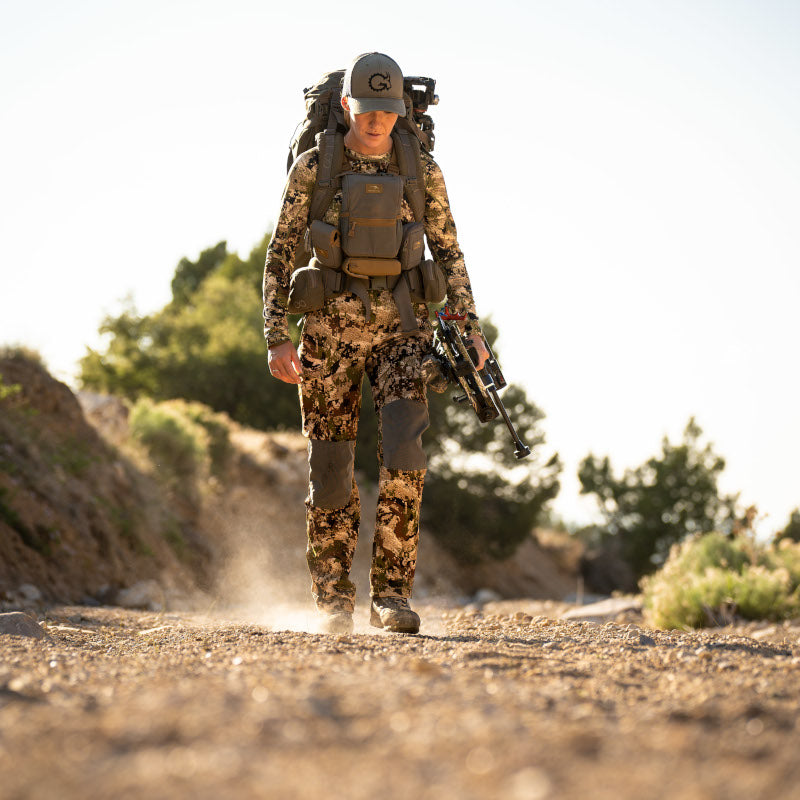

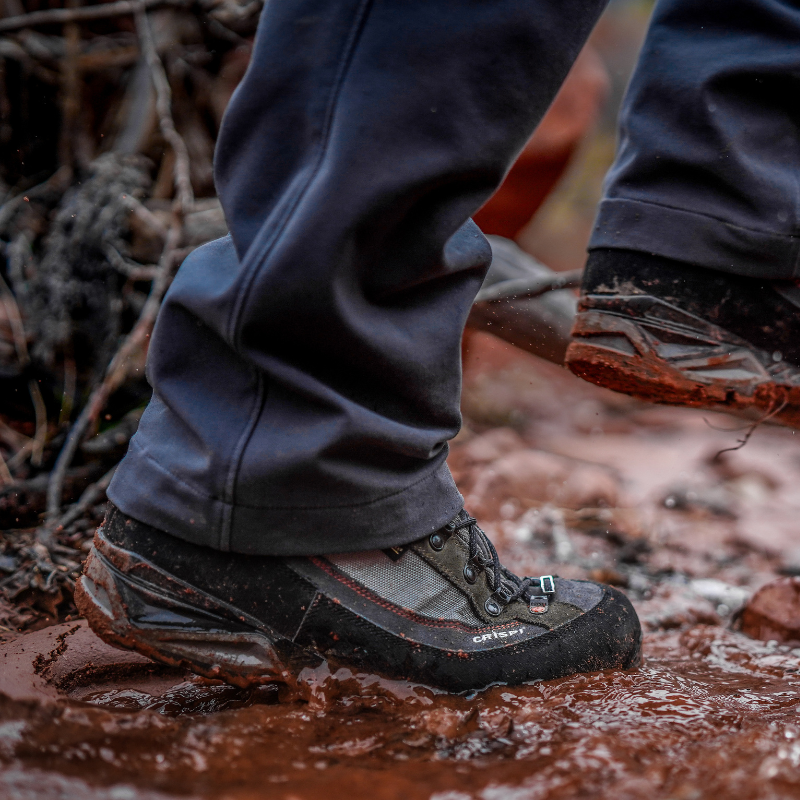
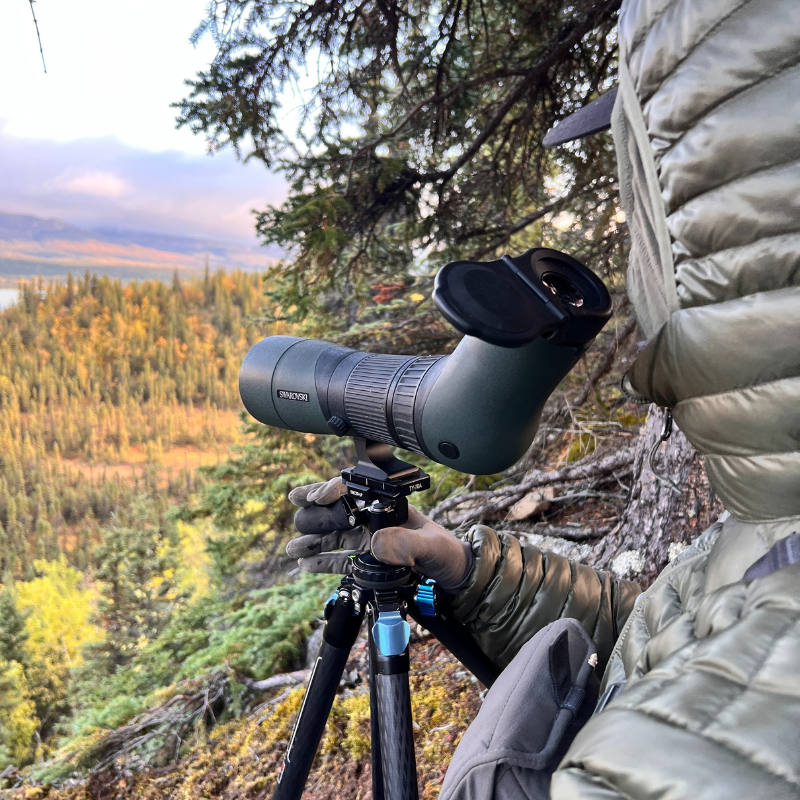
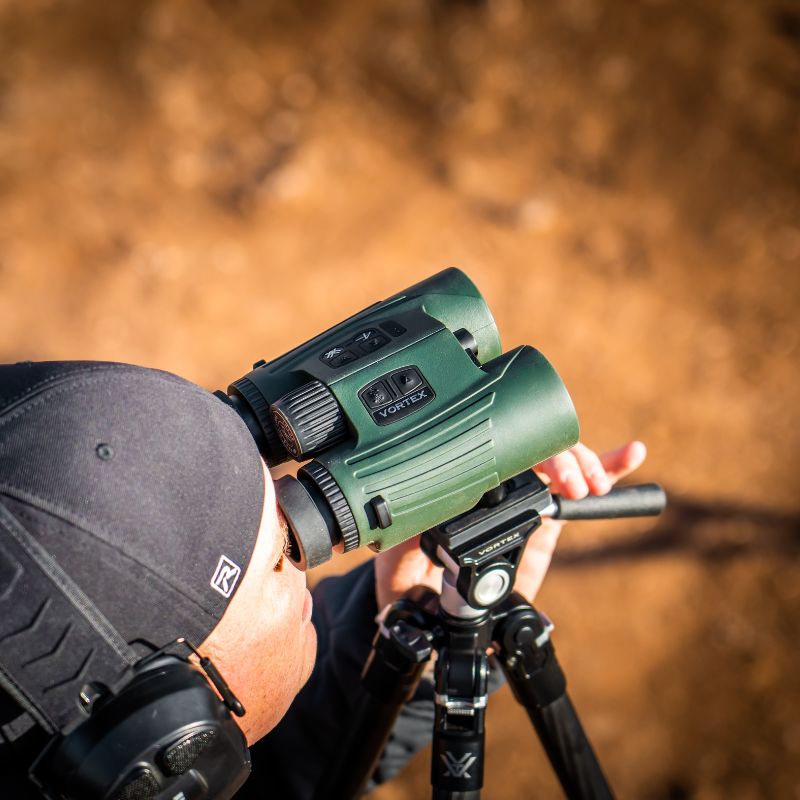
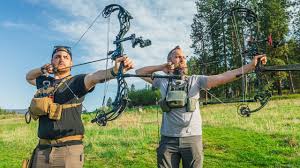
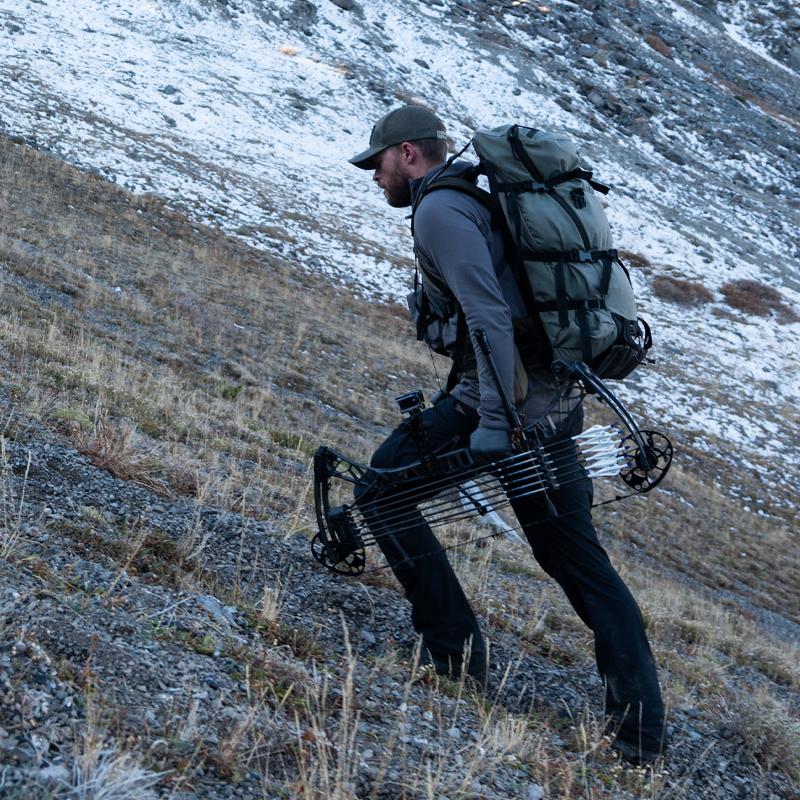


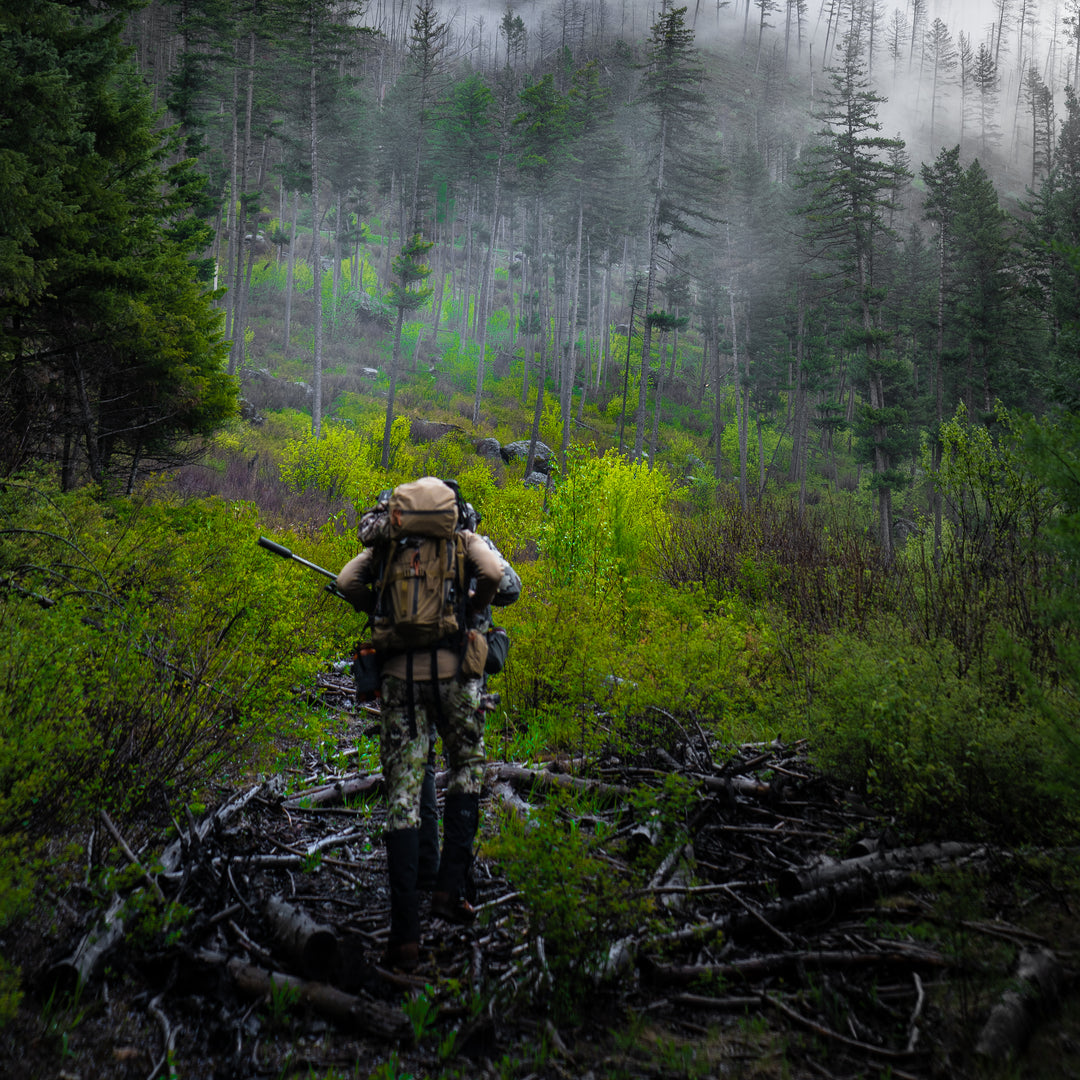
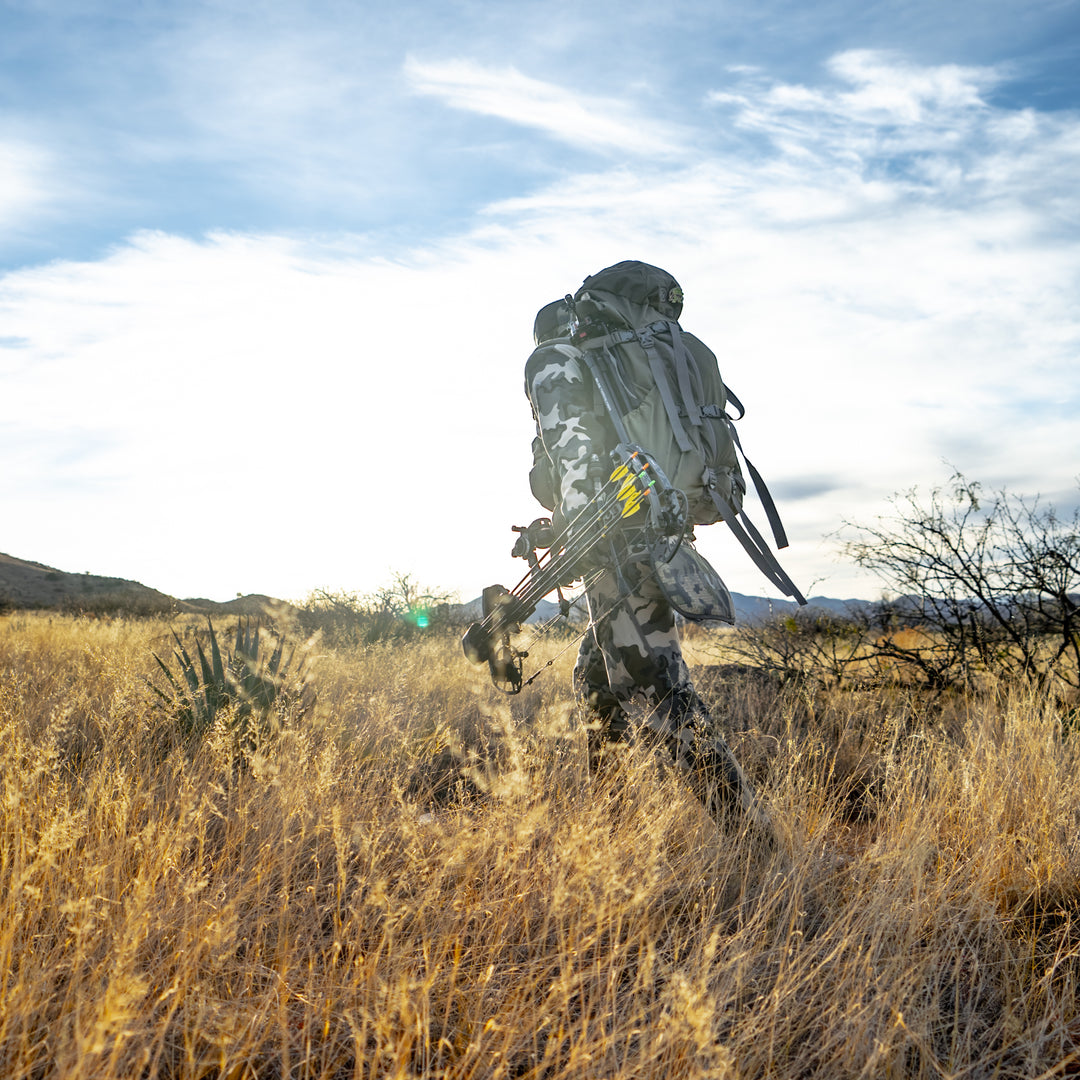
Leave a comment